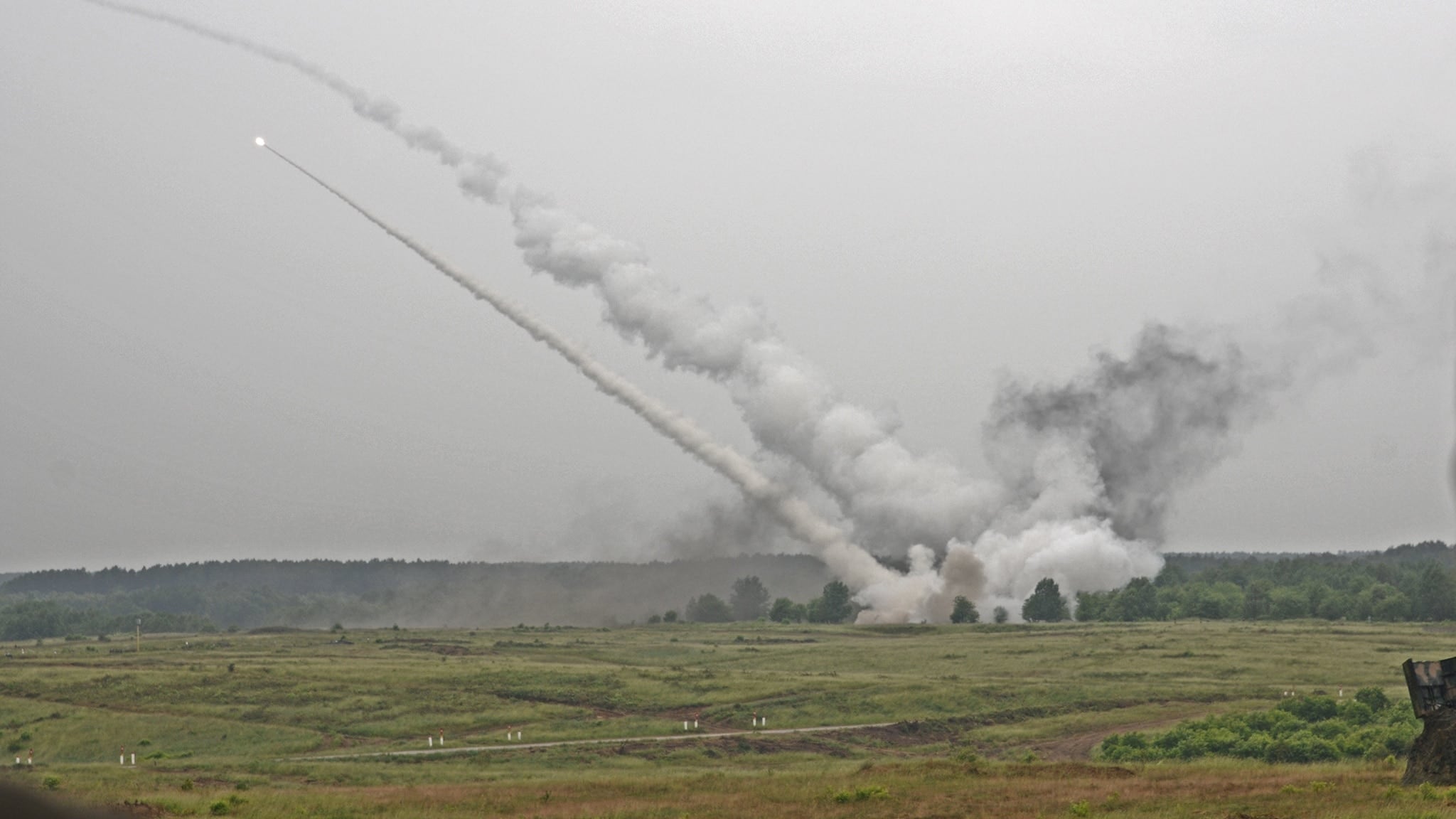WASHINGTON — Both congressional authorizers and appropriators have made moves to cut funds for the U.S. Army’s top modernization priority — Long-Range Precision Fires — as the service looks to find ways to accelerate the development of a new precision strike missile as part of that effort.
The new Precision Strike Missile, or PrSM, is meant to replace the Army Tactical Missile System while providing increased standoff range that will be important in a fight against an adversary that is able to effectively deny access to territory.
The service made headway on the PrSM program in 2017, awarding Raytheon and Lockheed Martin a three-year period of performance to design and build missile prototypes in the technology-maturation and risk-reduction, or TMRR, phase.
RELATED

But in the fiscal 2018 budget request, the Army pushed the engineering and manufacturing development phase that follows TMRR back by a year.
Both companies have said it’s possible to accelerate the program from a fielding timeline of 2027. And with the Army’s inception of a new four-star command — the Army Futures Command — which seeks to bring rapidly online modernized capability, the service has been more than open to moving quicker.
The command outlined six top modernization priorities, and LRPF sits at the top of the list.
The one-star general who was leading LRPF modernization earlier this year, Stephen Maranian, said the service is developing a plan to accelerate the timeline from 2027 to an initial capability in the force by late 2022 or early 2023.
The FY19 National Defense Authorization Act released July 23, which will be voted on by both the House and Senate shortly, cuts the $186.5 million in funding for the program in FY19 by $27 million.
Despite this cut, a summary of the NDAA released by the House Armed Services Committee said the HASC supports the president’s budget request for the Army’s PrSM program.
Both House and Senate appropriators have followed suit, with cuts in both versions of the FY19 defense spending bills to the program. The House cut $51.23 million and the Senate version lines up with the NDAA cut of $27 million. The difference in the cuts between appropriations bills will be worked out in conference committee.
In the House version of the bill, the committee does not lay out the reason for the cut and simply says in an explanation that it is “encouraged by the Army’s development of a maneuverable long-range precision fire missile,” urging the service to look into design tools and additive manufacturing technologies that can be integrated into the production of a new LRPF in order to advance the capability and reduce cost.
Industry sources said they are unsure as to why lawmakers have made the cuts, noting that legislators only cited “excess to growth” as the reason for the decrements.
Should the cuts stand as part of an FY19 appropriations bill, less funding could affect the next phase of the PrSM program as both companies prepare to wrap up the TMRR phase of the program.
According to a source familiar with the program, if Congress cuts funding for PrSM development, the Army could downselect early to one competitor, or delay the TMRR phase until enough funding is injected into the program to move forward.
Both options have the potential to increase risk and may delay the availability of the LRPF capability, the source added.
While both sides of the aisle have cut funding for the PrSM TMRR program, Senate appropriators did dramatically increase funding for other LRPF efforts.
Senate appropriators injected $101.8 million in weapons and munitions advanced technology development for LRPF, as well as $25 million for the Army’s LRPF cross-functional team within Army Futures Command to work on hypersonics development as part of its prototyping efforts.
At the same time, Senate lawmakers cut another $38 million from the LRPF cross-functional team’s advanced prototyping effort to restore “acquisition accountability” and “lack of strategy.”
While the Army is engaged in the PrSM program, that is not the only program that falls in the LRPF modernization effort.
The Army is also working to evolve the M109A7 self-propelled howitzer — also known as the Paladin Integrated Management — into extended-range cannon artillery.
The service is also working to rapidly develop long-range strike capabilities and sees the possibility of hypersonics and ramjet projectiles being demonstrated in the next couple of years, possibly starting even in 2019, according to Maranian.
Jen Judson is an award-winning journalist covering land warfare for Defense News. She has also worked for Politico and Inside Defense. She holds a Master of Science degree in journalism from Boston University and a Bachelor of Arts degree from Kenyon College.




